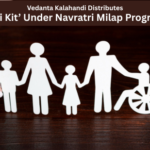
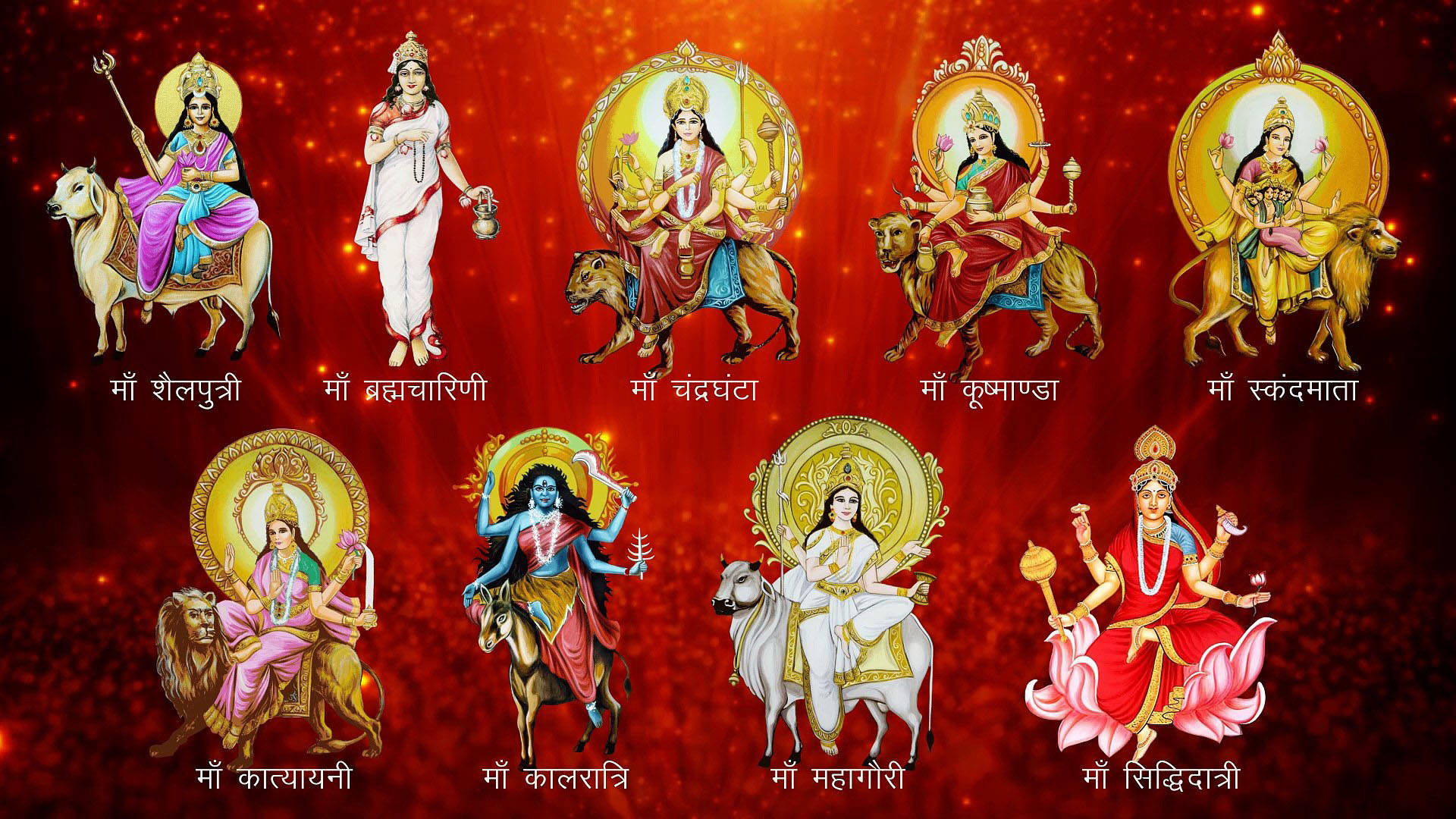
Navratri 9 Devi: Explore Durga’s Avatars, Mantras, and Aartis
Navratri, one of the most revered Hindu festivals, is celebrated over nine days in honour of the nine manifestations of Goddess Durga. Each day marks the worship of a distinct form of the goddess, with each avatar representing unique qualities and divine energies. Let’s walk through the significance of each of these sacred days.
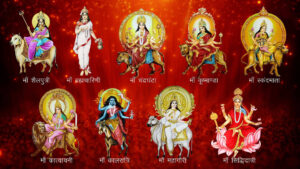
Day 1: Shailputri – The Goddess of Stability
The first day of Navratri begins with worshipping Shailputri, the daughter of the mountains. She rides a bull and represents strength, purity, and devotion. Shailputri is prayed to for groundedness and unshakable faith.
Day 2: Brahmacharini – The Symbol of Sacrifice
On the second day, devotees honour Brahmacharini, the goddess of austerity and penance. She is often depicted holding a rosary and a water vessel, signifying her dedication to deep meditation. She brings peace and empowers people to stay committed to their spiritual paths.
Day 3: Chandraghanta – The Goddess of Courage
Chandraghanta, worshipped on the third day, is a symbol of courage and fierce determination. Known for the crescent moon on her forehead, she rides a lion, striking terror in evil forces. Her blessings bring strength to fight life’s challenges.
Day 4: Kushmanda – The Cosmic Creator
Kushmanda, whose name means “the one who created the universe,” is revered on the fourth day of Navratri. She is believed to have generated the cosmic egg with her radiant energy. Devotees seek her blessings for health and prosperity.
Day 5: Skandamata – The Nurturing Mother
The fifth day of Navratri is dedicated to Skandamata, the mother of Lord Skanda (Kartikeya). She represents a nurturing and protective force. Worshipping her brings wisdom and happiness, as well as motherly care in all aspects of life.
Day 6: Katyayani – The Destroyer of Evil
On the sixth day, devotees worship Katyayani, the fierce goddess who represents power and the destruction of evil. She is prayed to for strength and victory over enemies. Those seeking liberation from difficulties turn to her for blessings.
Day 7: Kalaratri – The Goddess of Protection
Kalaratri, the darkest and fiercest form of Durga, is venerated on the seventh day. She rides a donkey and is seen as the destroyer of evil forces, demons, and ignorance. Devotees seek her protection from all forms of negativity and fear.
Day 8: Mahagauri – The Symbol of Purity and Calmness
On the eighth day, devotees worship Mahagauri, who symbolizes serenity and purity. Her white complexion and attire reflect her tranquil and peaceful nature. Those who pray to her receive divine blessings for inner purity and peace of mind.
Day 9: Siddhidatri – The Bestower of Miraculous Powers
The final day of Navratri is dedicated to Siddhidatri, the goddess who grants supernatural powers and success. She fulfils the desires of her devotees and blesses them with wisdom and spiritual knowledge.
Navratri Devi Mantra
Chanting specific mantras for each form of Durga enhances the spiritual benefits during Navratri. Each mantra is a powerful invocation that calls upon the energies of the goddess:
- Brahmacharini Mantra:
“Om Devi Brahmacharinyai Namah”
This mantra brings peace and encourages spiritual growth. - Skandamata Mantra:
“Om Devi Skandamatayai Namah”
Chanting this grants wisdom and prosperity. - Mahagauri Mantra:
“Om Devi Mahagauryai Namah”
Reciting this mantra purifies the soul and brings calmness.
Durga Devi Avatars Navratri
During the festival of Navratri, the nine forms of Durga symbolize the journey from the material to the spiritual, starting with Shailputri’s grounding energy and ending with Siddhidatri’s transcendental powers. Each avatar has a deep spiritual meaning, representing different facets of life and the divine feminine.
Understanding the significance of these nine avatars helps devotees navigate the physical and spiritual realms, overcoming life’s challenges while connecting with the divine power within themselves.
Navratri Devi Aarti
Performing aarti is an integral part of the Navratri rituals. Offering aarti to the goddess brings joy, peace, and prosperity. Here’s a popular aarti recited during Navratri:
“Jai Ambe Gauri, Maiya Jai Shyama Gauri…”
This aarti praises Durga in her many powerful forms and asks for her blessings in overcoming life’s trials.
Final Thoughts
Celebrating Navratri is a deeply spiritual experience, where devotees align themselves with the powerful energy of Goddess Durga. Through worship, mantras, and aartis, one can unlock divine blessings and embrace the goddess’s grace in all aspects of life.
Also read: Gandhi and Shastri Jayanti: Celebrating Two Great Leaders 2024
Nation Newz is your trusted source for the latest and most reliable news from across India and around the world. We cover breaking stories, politics, entertainment, sports, business, technology, and more, providing in-depth analysis and unbiased reporting. With a focus on delivering accurate and timely information, Nation Newz aims to keep you informed and engaged with the most important headlines of the day. Stay updated with comprehensive coverage that matters to you, all in one place.

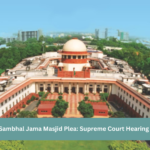


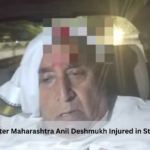


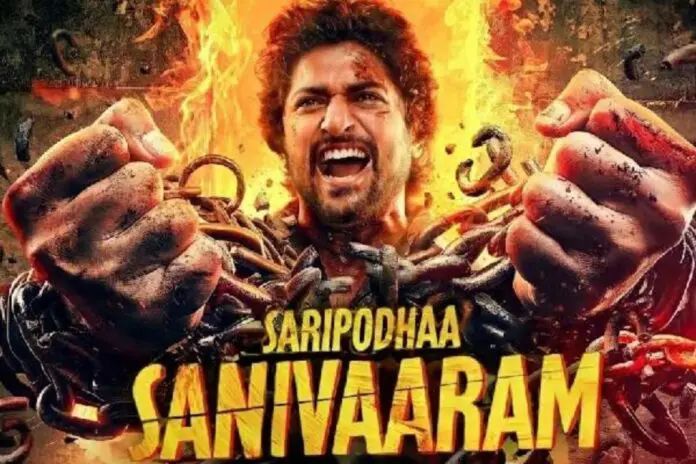
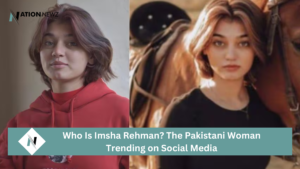




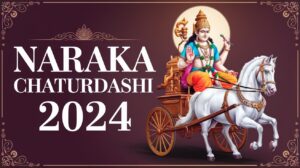

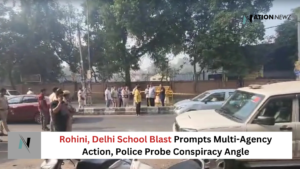
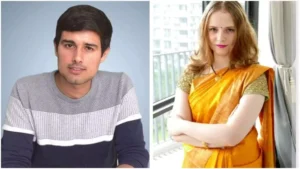
Post Comment